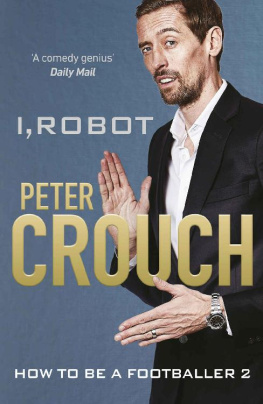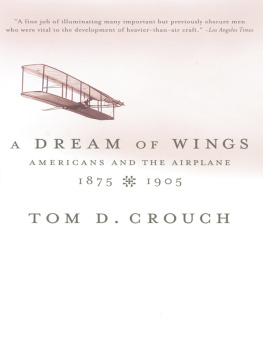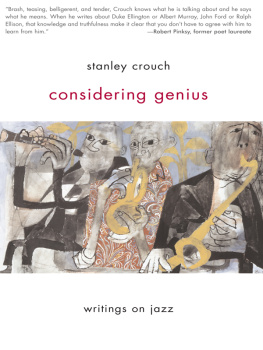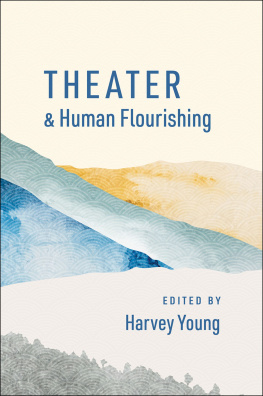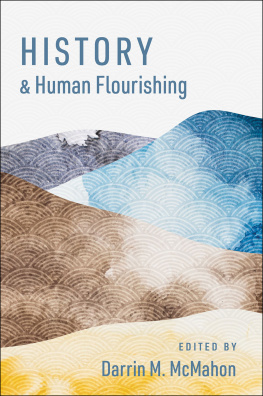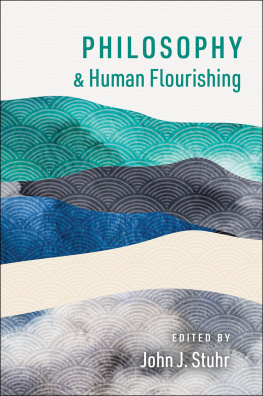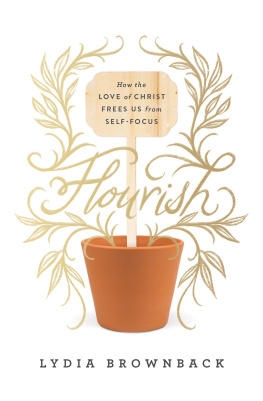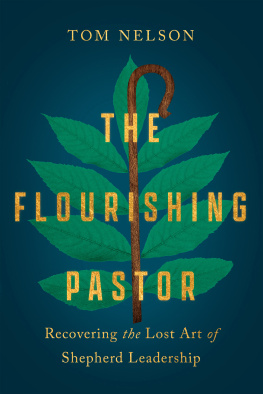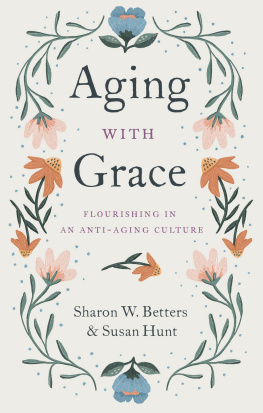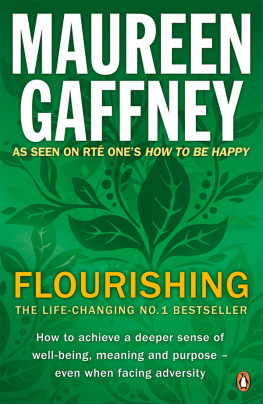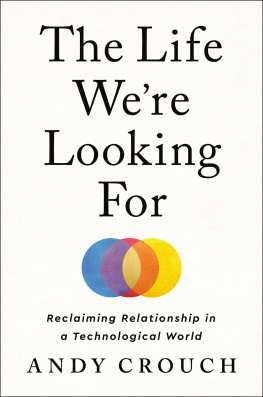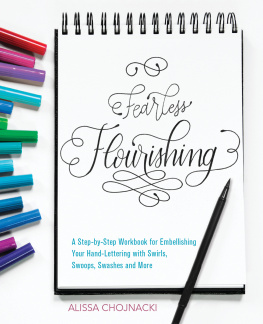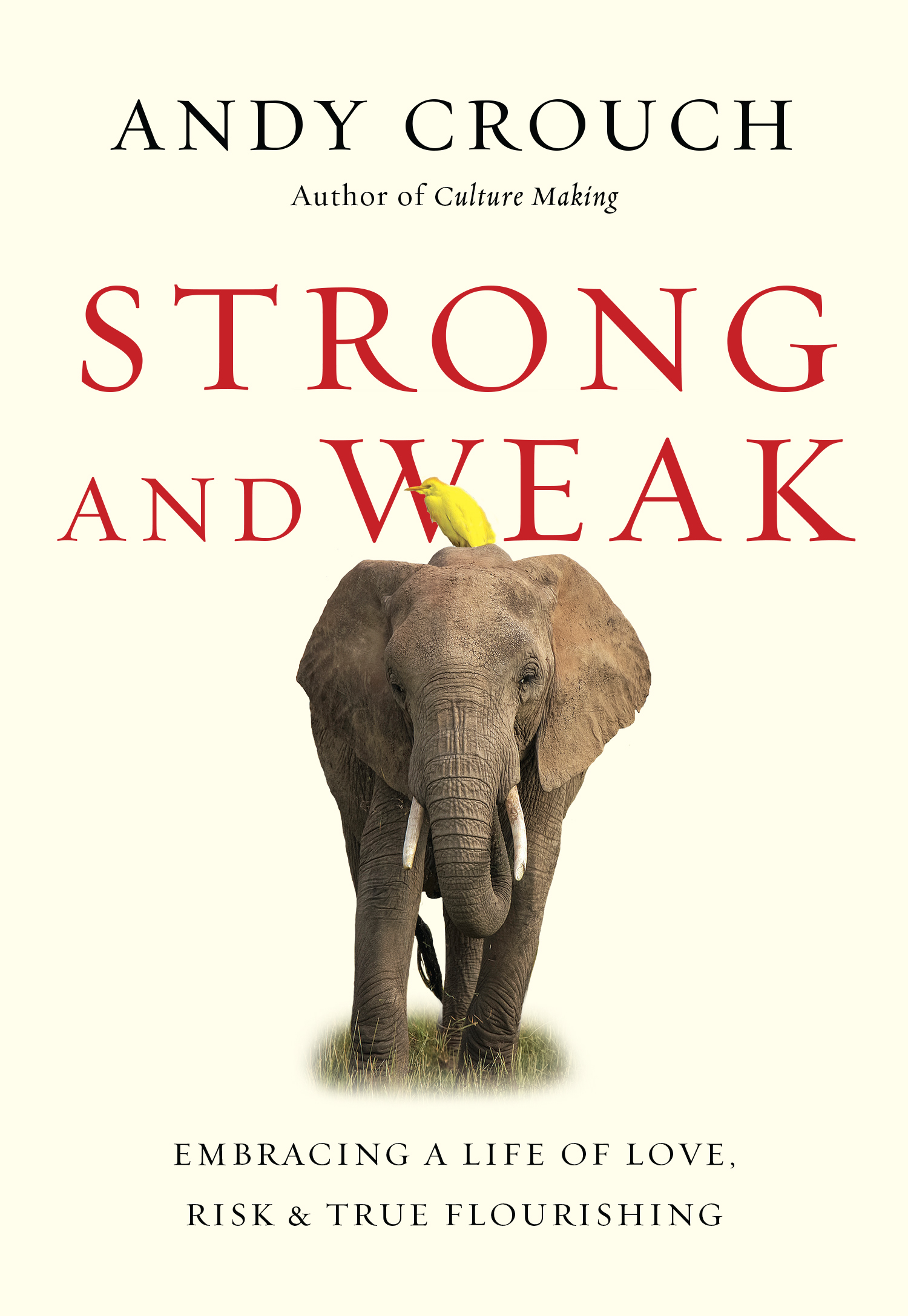Published in association with Creative Trust Literary Group, 210 Jamestown Park, Suite 200, Brentwood, TN 37027, creativetrust.com.
Names: Crouch, Andy, author.Title: Strong and weak : embracing a life of love, risk, and true flourishing / Andy Crouch.Description: Downers Grove : InterVarsity Press, 2016. | Includes bibliographical references.Identifiers: LCCN 2015040195 (print) | LCCN 2015042608 (ebook) | ISBN 9780830844432 (hardcover : alk. paper) | ISBN 9780830899289 (eBook)Subjects: LCSH: SuccessReligious aspectsChristianity. | LoveReligious aspectsChristianity. | Vulnerability (Personality trait) | Risk taking (Psychology)Religious aspectsChristianity. | Control (Psychology)Religious aspectsChristianity.Classification: LCC BV4598.3 .C755 2016 (print) | LCC BV4598.3 (ebook) | DDC 248.4dc23 LC record available at http://lccn.loc.gov/2015040195
1

Beyond the False Choice
T wo questions haunt every human life and every human community. The first: What are we meant to be? The second: Why are we so far from what were meant to be?
Human beings have an indelible sense that our life has a purposeand a dogged sense that we have not fulfilled our purpose. Something has gone wrong on the way to becoming what we were meant to be, individually and together.
The first question exposes the gap in our own self-understanding, our half-formed sense that we are meant to be more than we know. How can we have such a deep sense of purpose but find ourselves unable to easily name or grasp that purpose? Yet this is the human condition.
The second question exposes the gap between our aspirations and our accomplishments, between our hopes and our reality, between our reach and our grasp. If the first question gives voice to our greatest hopes, the second brings to the surface our deepest regrets. Having both great hopes and great regrets is also, alas, the human condition.
In this book I offer a way of answering both of these questions. Its simple enough to explain in a minute or two of conversation, or in a page or two of a bookits coming up in just a few pages, and youll grasp its essence almost immediately. Youll see it in action in your friendships, your workplace, your family and your favorite TV show or movieyoull find it in the pages of Scripture and in the most mundane moments of day-to-day life. Youll see it in the most horrifying contexts of injustice and exploitation, and in the most inspiring moments of compassion and reconciliation.
Many simple ideas are simplisticthey filter out too much of reality to be truly useful. This one is not, because it is a particular kind of simple idea, the kind we call a paradox. It holds together two simple truths in a simple relationship, but it generates fruitful tension, complexity and possibility. Ive come to call it the paradox of flourishing.
Flourishing is a way of answering the first great question, What are we meant to be? We are meant to flourishnot just to survive, but to thrive; not just to exist, but to explore and expand. Gloria Dei vivens homo, Irenaeus wrote. A loosebut by no means inaccuratetranslation of those words has become popular: The glory of God is a human being fully alive. To flourish is to be fully alive, and when we read or hear those words something in us wakes up, sits up a bit straighter, leans ever so slightly forward. To be fully alive would connect us not just to our own proper human purpose but to the very heights and depths of divine glory. To live fully, in these transitory lives on this fragile earth, in such a way that we somehow participate in the glory of Godthat would be flourishing. And that is what we are meant to do.
Every paradox requires that we embrace two things that seem like opposites. The paradox of flourishing is that true flourishing requires two things that at first do not seem to go together at all. But in fact, if you do not have both, you do not have flourishing, and you do not create it for others.
Heres the paradox: flourishing comes from being both strong and weak.
Flourishing comes from being both strong and weak.
Flourishing requires us to embrace both authority and vulnerability, both capacity and frailtyeven, at least in this broken world, both life and death.
The answer to the second great questionWhy are we so far from what were meant to be?is that we have forgotten this basic paradox of flourishing, which is the secret of being fully alive. Actually, we havent just forgotten it, as if we had misplaced it absentmindedly. Weve suppressed it. Weve hidden it. Weve fled from it. Because we fear it.
I used to think that what we feared was vulnerabilitythe weak part of the paradox. But in the course of writing this book and talking with many others about the paradox of flourishing, Ive realized that we fear authority too. The truth is that we are afraid of both sides of the paradox of flourishingand we especially fear to combine them in the only way that really leads to real life, for ourselves and others.
This book is about how to embrace the life for which we were madelife that embraces the paradox of flourishing, that pursues greater authority and greater vulnerability at the same time.
But most of all, this book is about a picture, the simplest and best way I know to explore the paradox of flourishing. Its really just a sketch, the kind of thing you can draw on a napkin, but it will give us plenty to think about for the rest of this book (see figure 1.1).
Its one of my favorite things: a 2x2 chart.
The Power of the 2x2
Theres nothing I find quite as satisfying as a 2x2 chart at the right time. The 2x2 helps us grasp the nature of paradox. When used properly, the 2x2 can take two ideas we thought were opposed to one another and show how they complement one another.
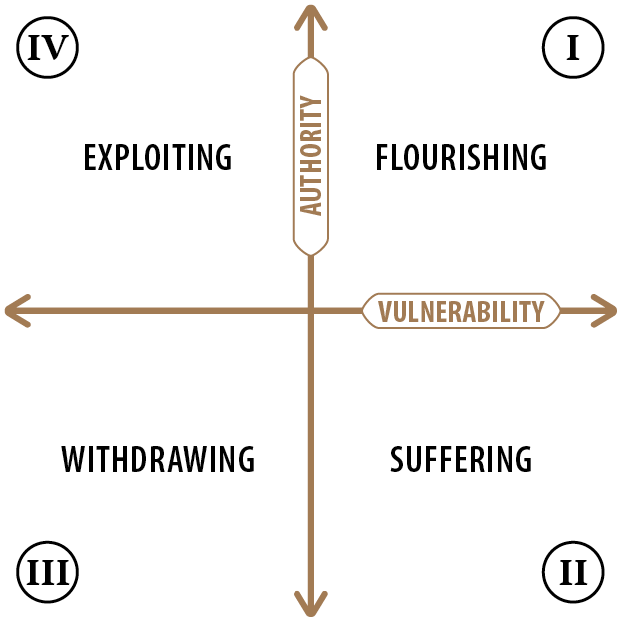
Figure 1.1


